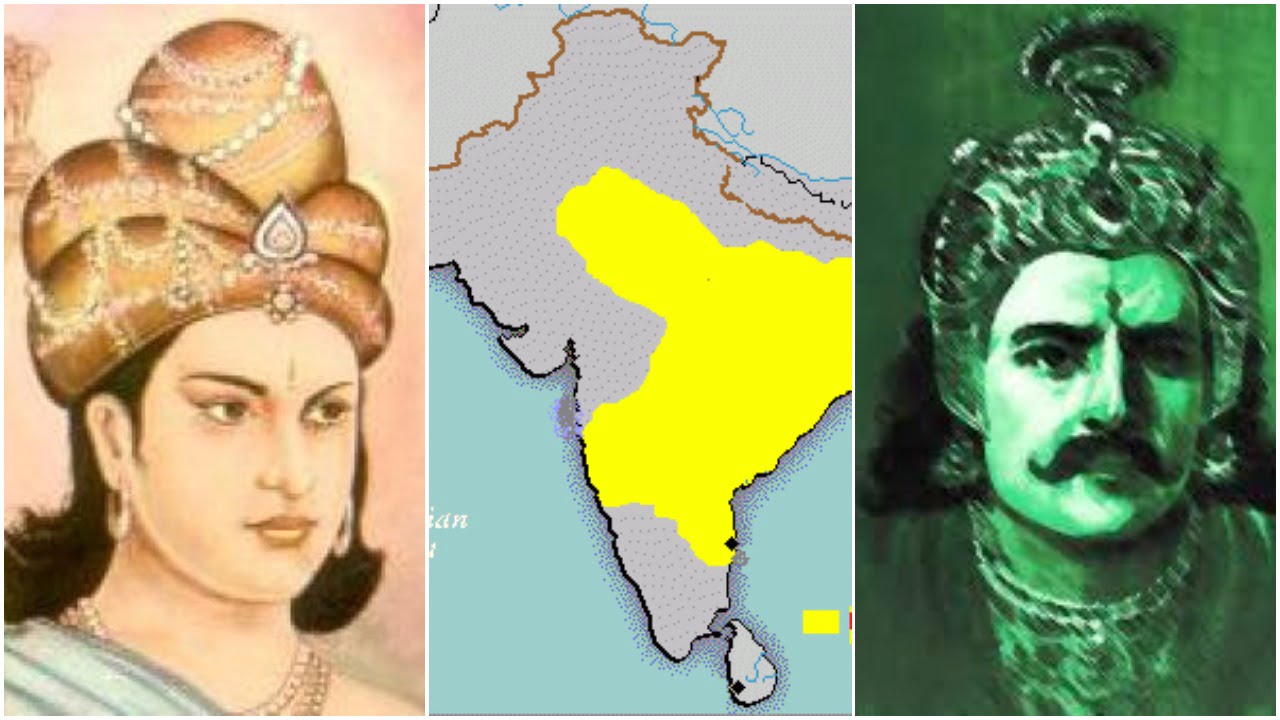Part I: The Indomitable Spirit of Odisha

Nothing can repress my spirits. Between highs and lows, between crest and nadirs, I maintain my calm within because I must be myself, the essential Odia – silent, cultured, peaceful and yet high spirited. My land is the land of convergence, of equanimity and inherent simplicity. I am the silent juggernaut. In my land, even Ashoka the great had to concede to the great doctrine of ahimsa and embrace peace.
It is one of the biggest, most moving, and deeply impacting change in character in the history of the world. The mighty Mauryan emperor Ashoka annihilated the Kalingans in 260 BC. Kalinga was mentioned as “Calingae” in Megasthenes’ Indica. He defeated Raja Anantha Padmanabhan in the war resulting in the conquest of Kalinga and its annexation to the Maurya Empire. Emperor Chandragupta Maurya Bindusara, grandfather and father of Ashoka respectively, had made attempts to conquer Kalinga but were unsuccessful. And when their descendent, Ashoka defeated Padmanabhan, Ashoka himself was also defeated.
His cruelty, savagery and arrogance was crushed and my land converted him to “dharmashok” from “chandashok” (from a barbarian Ashoka to a pious Ashoka).
After the battle, Ashoka embraced the concept of Dhammavijaya or victory through Dhamma and sent missionaries to Srilanka, Macedonia, Greece and Syria to spread the message of Buddhism and peace. I am a witness to the globalisation of faith and spread of peace, as early as the 261 BC onwards. Sanghamittā, daughter of Ashoka travelled and contributed to the propagation of Buddhism in Sri Lanka and established the Bikhhunī Sangha or Meheini Sasna (Order of Nuns) there. This was established not only in Sri Lanka but also in Burma, China and Thailand. Today, the Full Moon day of December is celebrated as “Uduvapa Poya” or “Uposatha Poya” and “Sanghamittā Day” by Theravāda Buddhists in Sri Lanka, near Jaffna. As an indirect and divine consequence, the Kalinga war resulted in the spread of Buddhism in Asia.
Great changes in humanity have roots in Odisha. The magnetism of the land and its people transformed Ashoka and he replaced conquest by force with what he called “conquest by righteousness” (dhammavijaya). He was possibly the first monarch to renounce violence, yet he remained a powerful and influential king and the intensity of such a large-scale, all-humanity encompassing change is one of its kind in the world. Many people believe that after the war, a woman from Kalinga came to Ashoka. With unimaginable misery, she narrated how the battle took away her husband, father and son from her and she had nothing to live for. Those words moved Emperor Ashoka so much that he adopted Buddhism and walked the path of Ahimsa or non-violence. The spirit is always alive, both in misery and in fortune. Ultimately, governance became humanitarian and compassionate and its practice during Ashoka has been adequately indicated in the rock edicts at Dhauli and Jaugada, specially known as Kalinga Edicts.
I, the fortunate born in Odisha, change trends and transform human character. After Ashoka, the strong and ambitious Kharavela ruled Kalinga. Crowned as the king of Kalinga at the young age of 24, his 13 years (approximately) of reign ushered in an era of development, high growth and ambitious expansion.
Kharavela succeeded his father after his premature death in 149 B.C. at the age of fifteen. He assumed the title of Yuvraj and managed the administration with the help of noblemen and ministers. While being the Yuvraj or the prince, he trained himself before being finally and formally coronated as the King. Such is the discipline and system with which a phenomenon called Kharvela ruled Kalinga. Synonymous with Odia pride and self-esteem, Kharvela is the name I evoke every time I am conscious of my heritage and Odia power.
The Hathigumpha inscription tells it all. The reign of Kharavela thus falls beyond 148 B.C. (147 B.C.) and that was the time when he renovated the gates and the ruined structures of Kalinganagari, his capital, which was damaged by a severe cyclone.
Disclaimer: The views and opinions expressed in this article are those of the authors and do not necessarily reflect the official policy or position of Odisha Bytes

Comments are closed.